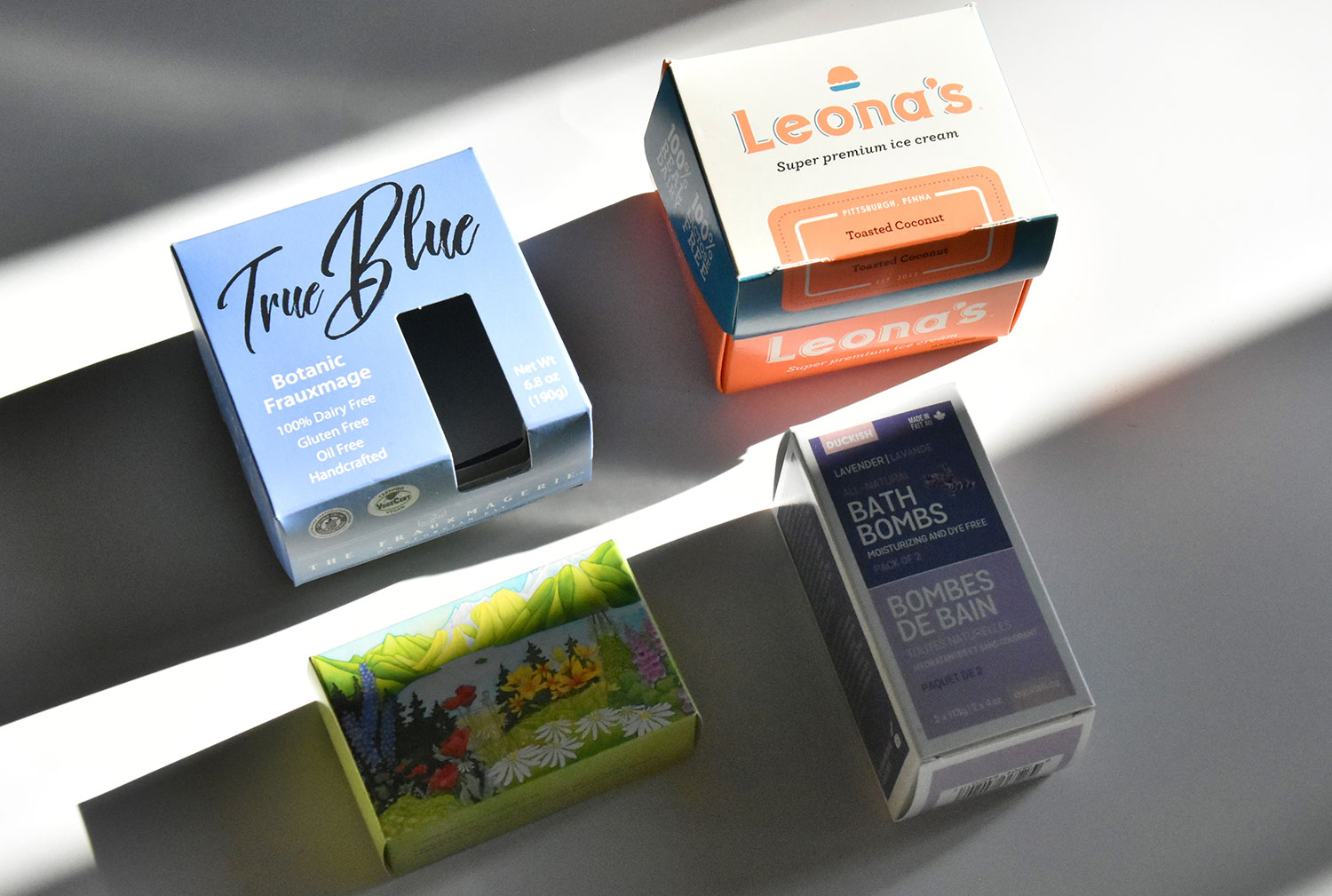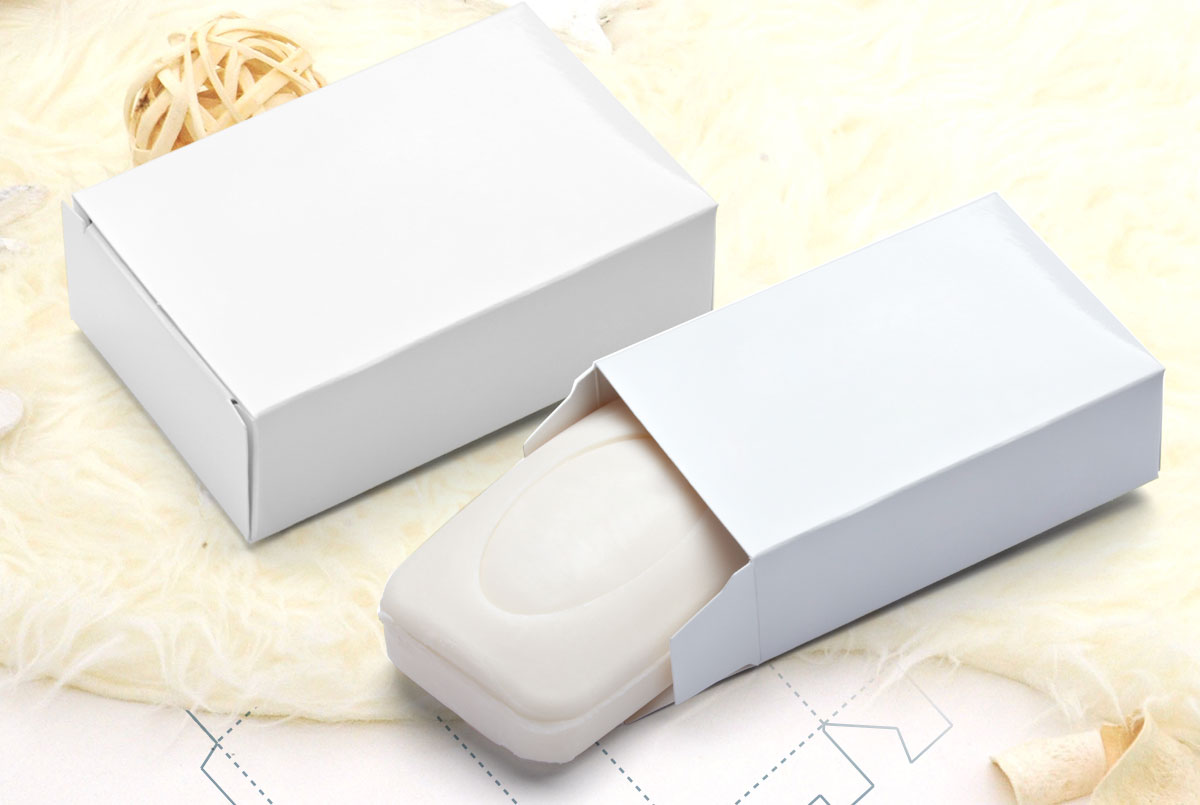Packaging could make or break your product’s public perception, but getting it right is easier said than done. Your product package is more than a vessel to hold the product. Instead, it’s a marketing tool to communicate your brand identity and value proposition.
If done correctly, your product’s packaging could create an instant connection with your target audience and give you an edge over competitors. With the wrong packaging, your product could send the wrong message and tarnish your brand’s reputation.
Here are some do’s and don’ts of packaging to help you package your way to a large customer base and more profits. Let’s jump straight in.
Do: Use Your Customer’s Perspective
The first rule of packaging is to put the customer first. You’ll want to capitalize on your customers’ pain points and determine what’s most important to them. It could be resealability, eco-friendliness, aesthetics, or other factors. Regardless, work from your target audience’s perspective and put yourself in their shoes to achieve your bottom line.
Do: Keep It Simple
Sure, your product may be competing with several others for attention, but doing too much may put off customers. Simple and clean packaging always wins over overly complicated packaging since it effectively communicates the product’s offering and brand values.
Do: Mind the Details
Details are everything when it comes to product packaging. They’re what separates lazy brands from go-getters. Make the most of your packaging canvas to accurately depict your brand values and identity. Ensure you include your logo, tagline, and product instructions, including eye-catching visuals.
Don’t: Use Non-Descriptive Labeling
Customers should know your product within a few seconds of it catching their eye. The labeling should be prominent and take center stage so that they can understand what you’re offering without straining.
That being said, using non-descriptive labeling or mixing the label up with other visuals will only confuse your customers, and they’ll get the competitor’s products instead.
Don’t: Use Different Brand Voices
Your brand image and voice should be the same across the board. Use your understanding of your target audience to craft an identity that resonates with them and stick to it. Avoid using different colors for every iteration. Instead, stick to a single color scheme to set your brand apart from the rest and make it easily identifiable.
Don’t: Use the Wrong Size of Packaging
Avoid using packaging that is either too small or too large for the product. Overly large packaging increases the products’ vulnerability to damage during transportation.
Packaging that is too small, on the other hand, may be insufficient to hold the product, and customers may receive an already open package. Therefore, you need to use the appropriate package size for your products to prevent losses and maintain your brand’s reputation.
Packing Products for Success
Mastering the art of packaging is imperative to enhance your product’s public perception and market success. Remember, packaging is more than giving your product a container. Instead, it’s about leveraging a powerful marketing tool to communicate your brand’s identity and value proposition to your target audience.




